|
We may not be able to travel by plane, train or car to explore wine regions at this point in time, but one can still open a bottle of wine originating from just about anywhere in the world. A bottle of wine embraces the essence of vineyards and terroir and can magically transport you to the region from whence it came. So, pour yourself a glass of wine and join me on a visit to the DÃO wine region from the comfort of your home. This past February, I attended a wine dinner in NYC to learn about the DÃO wine region of Portugal. Eugenio Jardim, a wine educator, Sommelier and Wines of Portugal US Ambassador, led a lively discussion and tasting of this region’s wines Portugal Portugal is located in the southwest corner of Europe in the Iberian Peninsula. It is the westernmost country of Europe, surrounded by Spain to the north and east, and the Atlantic Ocean to the south and west. The country is divided into fourteen regional wine areas, each with its own unique geography and climate. What makes Portugal so unusual with regards to wine is that it boasts a remarkable number of grape varieties that cannot be found anywhere else in the world. There are over 250 indigenous grape varieties officially registered in Portugal and many of these varieties are restricted to the national territory. The Alvarinho, Baga and Touriga Nacional grapes are probably the most widely known by name. DÃO Wine Region DÃO (pronounced “down” with the emphasis of the “n” being drawn out) is one of Portugal’s most notable wine regions located in the center of northern Portugal and south of the well-known Douro Valley. Its name is derived from the Dão River along which many of the region’s vineyards are located. Dão is surrounded on all sides by granite mountains that completely protect the region from the direct influence of the continental climate here, including the cold and rain coming from the ocean. This natural topography provides ideal conditions for the vineyards. Eugenio said, “Dão is a gift of Mother Nature. It is a very unique and special place. The region is secluded and protected by the mountains; it has a long growing season and no drastic temperature fluctuation. The mountains provide a balmy, cooling effect on the vineyards.” Vineyards are located on plateaus with lots of sun exposure, ensuring the grapes reach perfect ripeness. Typical vineyard elevations are 1300 ft. to 1500 ft. The evening brings a significant diurnal shift in temperature that allows the grapes to cool down from the daytime heat, helping to retain the acids and freshness. Eugenio said, “Winegrowers are discovering that if they move up the mountain to 2500 ft., especially on the eastern border, the high elevation has perfect growing conditions for producing very concentrated grapes.” The soil content in the Dão region is 97% granitic with some schist, which contributes to the minerality in the wine. Dão region is spread over 388,000 hectares and has seven sub-regions that cover approximately 20,692 hectares (51,131 acres) of planted vines. Most of the vineyards and wineries are hidden and not visible from the road. Pine trees, broom, brushwood or walls obscure the vineyards and make it necessary to traverse mountain paths, riverbanks, or go through villages to find them. “Because only in secret can you produce a masterpiece. Dão wine.” A Brief History Dão is the second oldest wine region in Portugal, with the Douro being the oldest wine region, not only in Portugal but also in the world. The Douro became the first demarcated and regulated region in the world in 1756. In 1908 the Dão region was recognized for its perfect grape growing and winemaking conditions and formally became a demarcated region. The region maintained a good reputation for its wines until Dictator Antonio Salazar took power in 1932 through 1968 whereupon he decided to reform the agricultural and wine industry of Portugal. Salazar’s controlling policies was felt particularly hard when he decreed that all Dão wine had to be produced and sold by cooperatives for Portugal consumption only. The emphasis became quantity, not quality. After the old regime dismantled in 1974, changes were slowly made. In 1986 Portugal joined the EU (European Union) and rewrote its entire wine classification and demarcation system under EU rules. It was at this point Portugal began its rebirth and money started coming into the country and wine became a business. It has been flourishing ever since. Eugenio said, “Businesses started growing and with an influx of money, improvements in the wineries have been made over the years, including electricity for some. And for the first time, these wineries were able to refrigerate their tanks. Production of reds, whites, rosés and sparkling wines has increased. Refined winemaking is in place.” The Dão region became a DOC appellation (Denominação de Origem Controlada) in 1990. Younger generations of winemakers are now entering the business and embracing the traditional culture of winemaking while revolutionizing and modernizing the way wine is made and received. And what was once a male-dominated business is now seeing more female oenologists. Eugenio said that 60% of all oenology school graduates in Portugal are female. He also said, “ Wines are becoming more delicate, sophisticated and elegant.” Major Grapes Dão is home to many indigenous grape varieties. Most wines are made with the following: Red Grapes Touriga Nacional Alfrocheiro Aragonez-Tinta Roriz Jaen White Grapes Encruzado Malvesia Fina Bical Cerceal Branco Here is a description of the above grapes courtesy of Dão Rota Dos Vinhos. Touriga Nacional The noblest of the red grape varieties, it gives wines an intense red color, with purplish-blue shades when young. The resulting aromas are intense and highly complex, with traces of very ripe dark fruit flavors and a hint of the wild and the forest. The wines are full-bodied, persistent, robust on the palate and very fruity when young. They possess great potential for prolonged aging as they take on elegance and a distinct velvety aroma and taste. Alfrocheiro This grape variety contributes to the excellent balance between acids, sugars, tannins and good wine color, whilst also providing delicate fruity aromas that are reminiscent of ripe strawberries and take on greater complexity as time goes by. Aragonez – Tinta Roriz A grape variety that intensifies the aromas of ripe fruit, providing plenty of color and good alcohol levels. It is well known for its excellent balance marked by the quality of its tannins and its balance of body and acidity, resulting in very elegant, harmonious wines with a great potential for aging. Jaen The wines made from this variety are elegant, with a regular alcohol level, bright in color and very smooth, given the quality and mellowness of their tannins. But what sets this grape variety apart is its intense, delicate perfume, with a slight hint of raspberries. Encruzado This variety ranks first amongst white grape varieties. The wines are lemon in color, with a good alcohol level. They are highly delicate and elegant with complex aromas with vegetable, flower and mineral notes. Delicate and elegant in taste, they provide a notable alcohol/acidity balance. They have great potential for prolonged aging and surprise you with their freshness and persistence on the palate. This is the most balanced grape variety of the Dão region. Malvasia Fina Used to obtain lemon-colored wines, with intense, albeit simple, mainly flowery aromas, and balanced acidity and elegant finish of medium persistency. It has great potential for aging and its wines boast an extraordinary bouquet and change to a straw-yellow color. Of further note is the complexity of their aromas associated with delicacy, balance and elegance. Blended with other grape varieties from Dão, this variety transmits the “je ne sais quoi” and special personality of the white wines of the region. Bical This grape variety is used to obtain light yellow colored wines, with complex, delicate, relatively dry and elegant fruity aromas, and also provides a good alcohol level and low acidity. Cerceal Branco This grape variety produces lemon-colored wines with an intense, delicate fruity fragrance, the acidity of which gives it a lively taste. It is normally blended with other grape varieties to give them acidity and characteristic aromas. Eugenio took our palates on a “wine tour” of white and red wines. The lineup was impressive and we were not disappointed. Most of the wines were native blends except for a few bottles of 100% Encruzado, 100% Touriga Nacional and 100% Jaen. White Wines The common thread between the white wines we tasted was their complex aromas, high acidity, mineral edge and great texture. Citrus flavors played a second seat to the floral, orchard fruit and melon. All the white wines had alcohol levels hovering around 13%. Although most of the wines were blends, I had the opportunity to taste two 100% Encruzado that were elegant and left me wanting more! Eugenio said, “The Encruzado is a grape variety to keep your eye on. This variety is only used in the Dão region and can be compared to Chablis and Chardonnay. It is not widely planted and most of these grapes are blended with Malvasia Fina.” Red Wines The majority of Dão vineyards are planted with red grape varieties. Red wines from the Dão tend to be lighter in style than most reds found in other wine regions of Portugal. Firm tannins, bright acidity, floral, ripe red or black fruit and spice can be found in the various styles and blends. Touriga Nacional (used for port) tends to be the main grape used in Dão red blends. All of the reds I tasted were dark ruby in color with intense aromas, yet delicate and full of complexity. Alcohol levels averaged between 12.5% and 13.5%. Having never tasted Jaen, it was a treat to try a 100% Jaen wine. It was well structured and complex with cherry, plum, spice and mouthwatering acidity. It is another age-worthy wine to put on your radar.
Simply put, Dão wines are elegant and complex, with natural acidity and age-worthiness. Not only is the Dão region a gift from Mother Nature, but the wines produced here are a gift as well! Pour a glass of Dão wine and embrace the essence of the region without ever having to leave home! Until next time… Cheers! Penina To leave a comment or if you have an inquiry, please contact me at [email protected] |
Categories
All
|

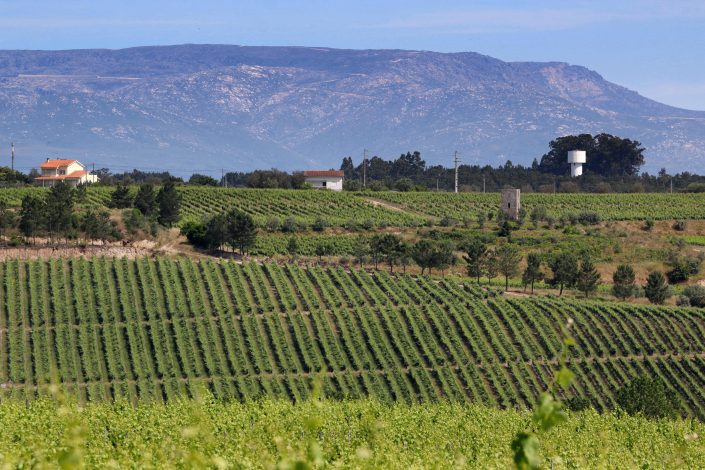

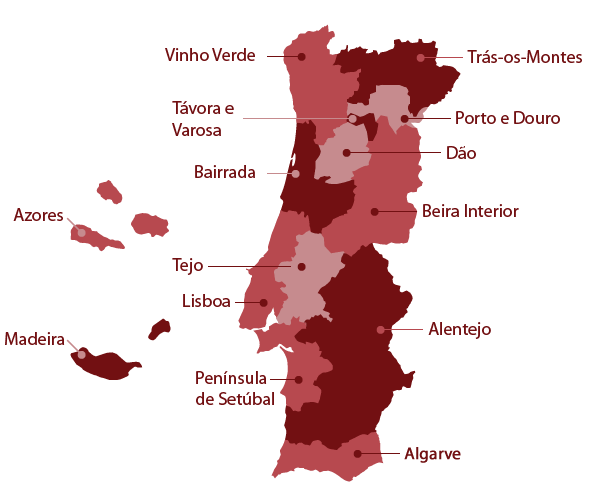
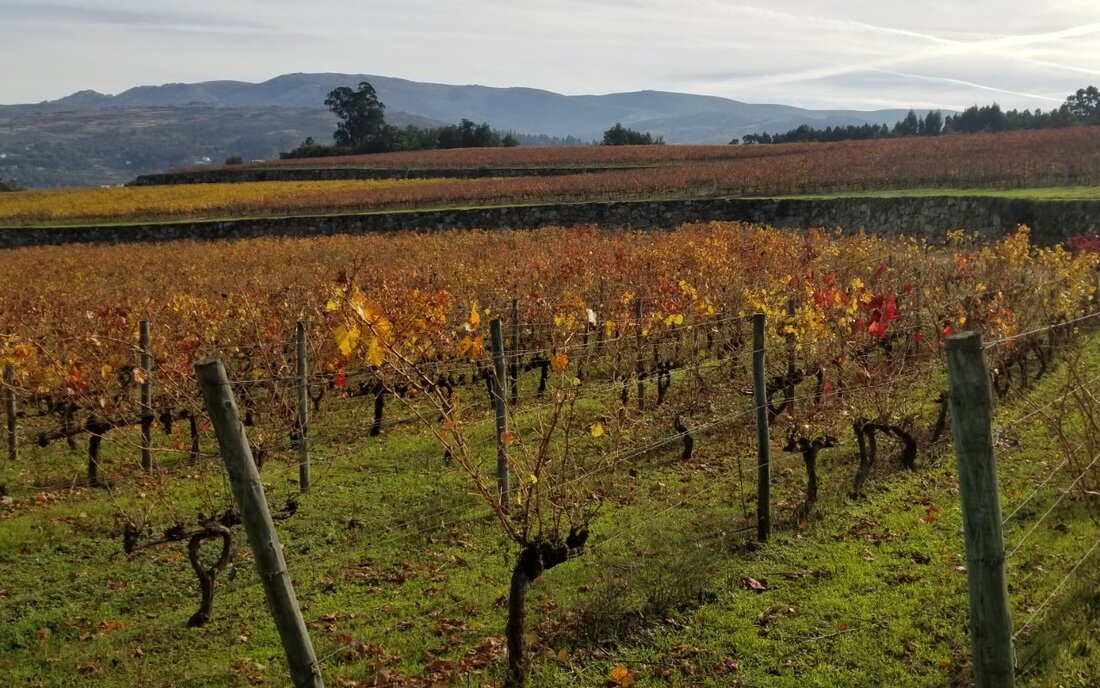
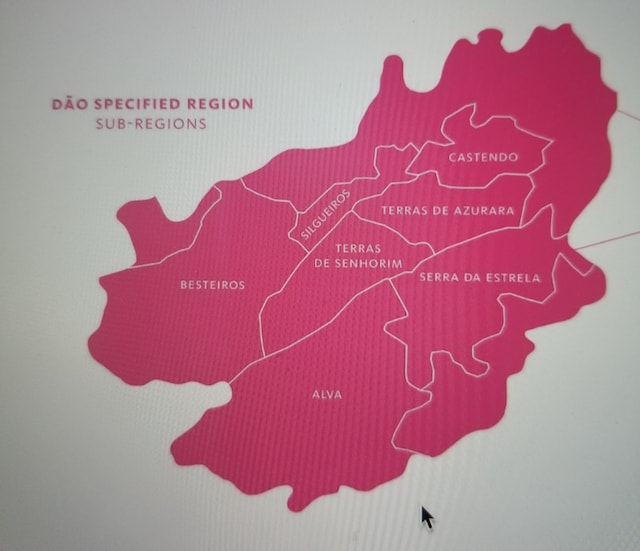
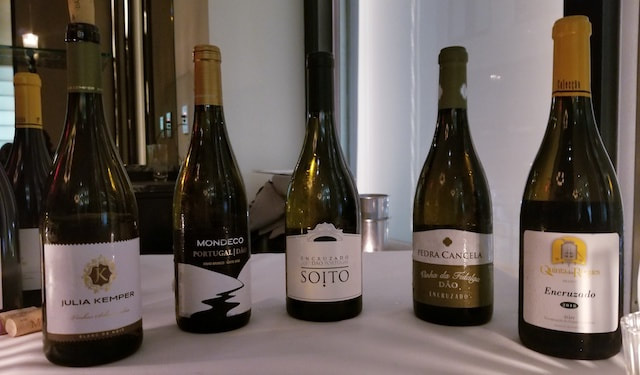
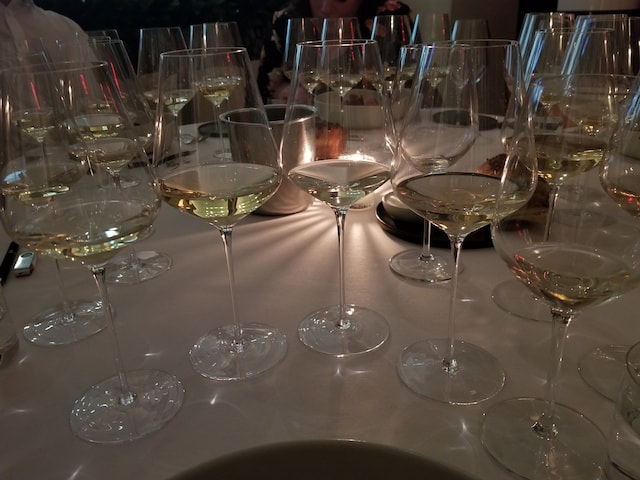
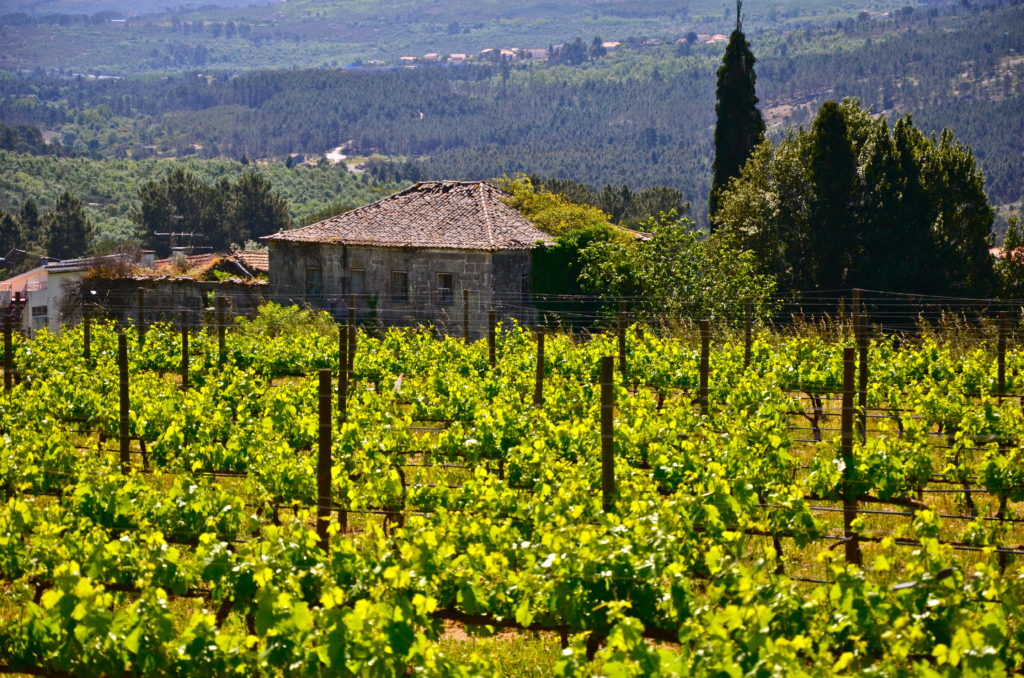
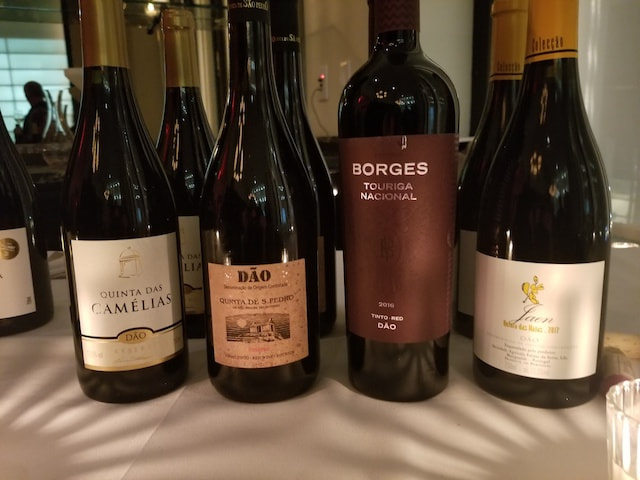
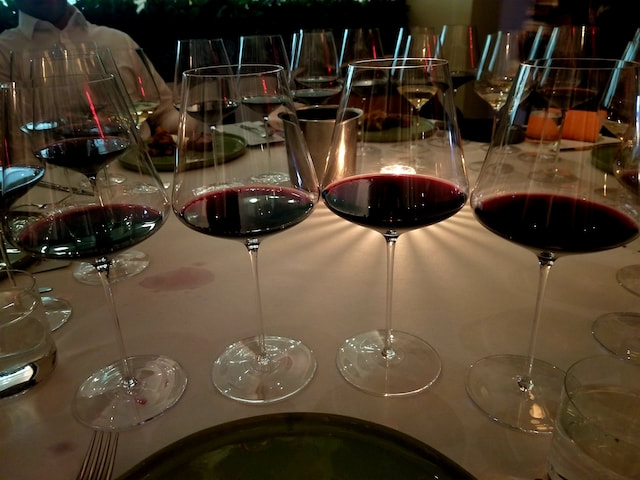
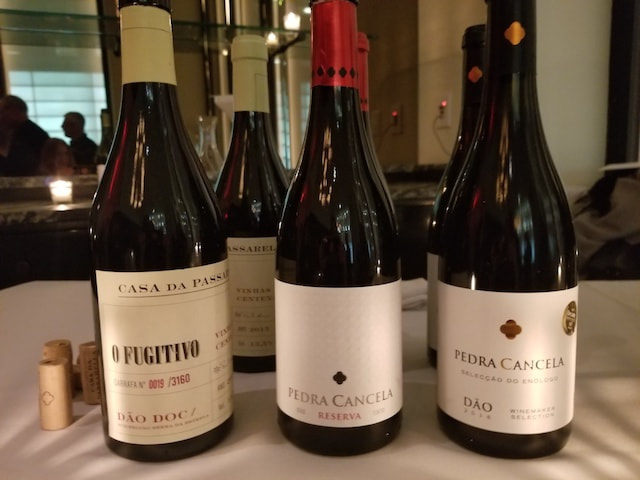
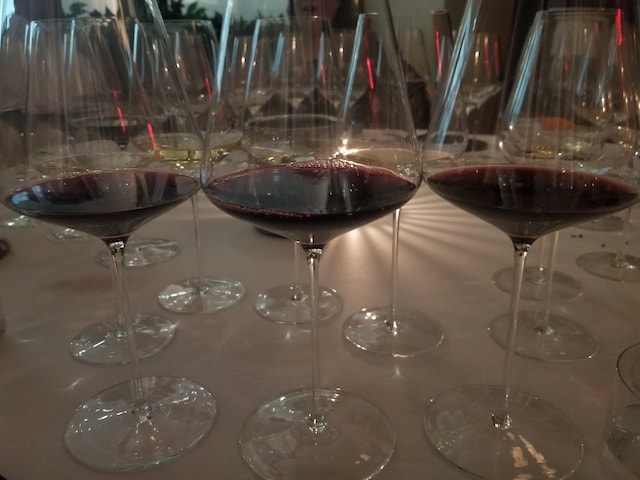
 RSS Feed
RSS Feed